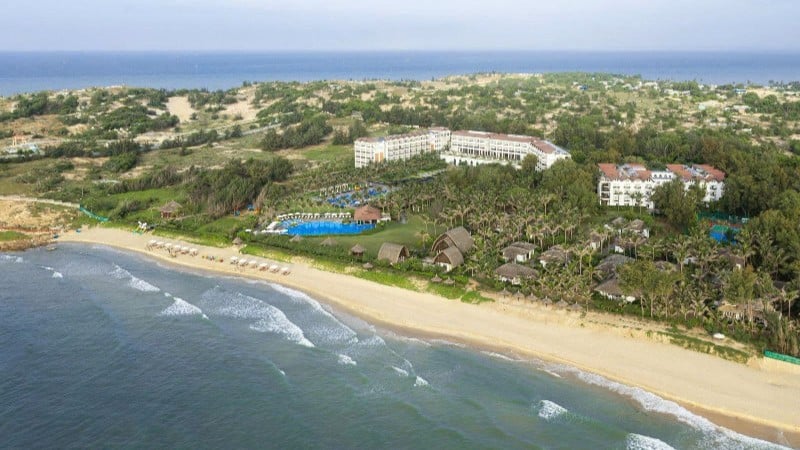
On November 14, Lam Dong Provincial People's Committee issued a Decision approving the Master Plan for the construction of Mui Ne National Tourist Area until 2040, with a vision to 2050, with an area of 14,760 hectares.
Of which, four localities in the planning have administrative boundaries close to each other, including: Phu Thuy ward about 532 hectares; Mui Ne ward about 6,093 hectares; Hoa Thang commune about 7,165 hectares, Phan Ri Cua commune about 970 hectares.
In the future, Mui Ne National Tourist Area will become an international tourist center, a leading destination in the Asia -Pacific region with a modern social and technical infrastructure system. The tourist area has diverse, unique, high-quality and branded tourism products, preserving and promoting the values of cultural characteristics, architecture and natural landscapes, protecting the environment and developing sustainably.
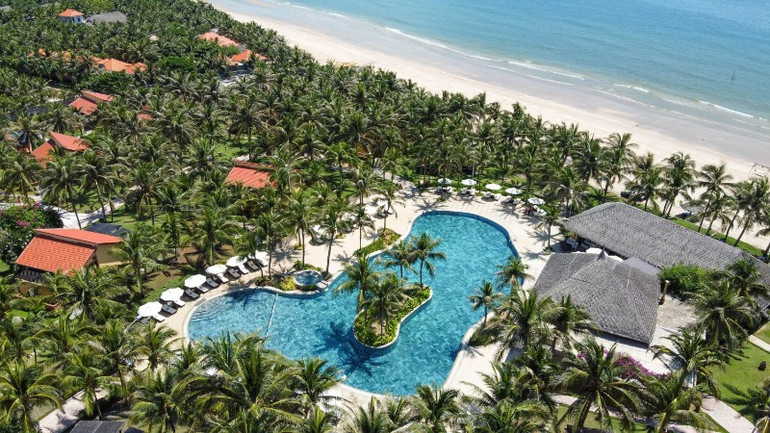
From there, a tourism center will be formed associated with urban development in the area with the main development driving force being tourism, including main themes: Sea tourism, entertainment; sports tourism; resort and health care tourism (wellness) and other tourism products such as: hill-forest-sea agricultural eco-tourism, thematic tourism - sand tourism, cultural tourism, community tourism, commercial services, etc.
With an international-class destination, by 2030 it will reach about 14 million visitors (excluding tourists) with about 41,000 rooms; by 2040 it will reach about 25 million visitors, about 71,500 rooms.
By 2030, the demand for land for construction of functional areas will be about 9,908 hectares, of which land for service and tourism development will be about 2,106 hectares. By 2040, the demand for land for construction of functional areas will be about 12,016 hectares, of which land for service and tourism development will be about 3,119 hectares.
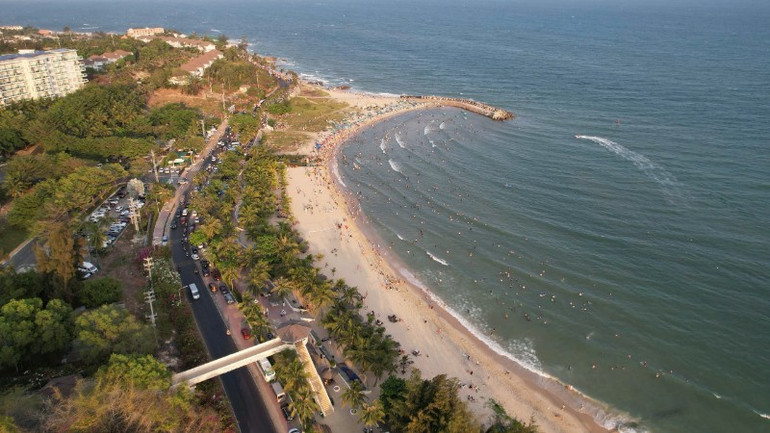
The tourist area becomes a model of One coastal corridor - Three centers - Multi-directional access to the sea. The coastal corridor forms a coastal road traffic route with a length of 63km, in the northeast-southwest direction, from Phan Ri Cua commune to Phu Thuy ward, which is the coastal corridor as well as the main backbone of Mui Ne National Tourist Area, connecting the coastal functional areas which are dynamic areas for economic development according to the policy of developing towards the sea, exploiting the maximum advantages and potentials from the sea.
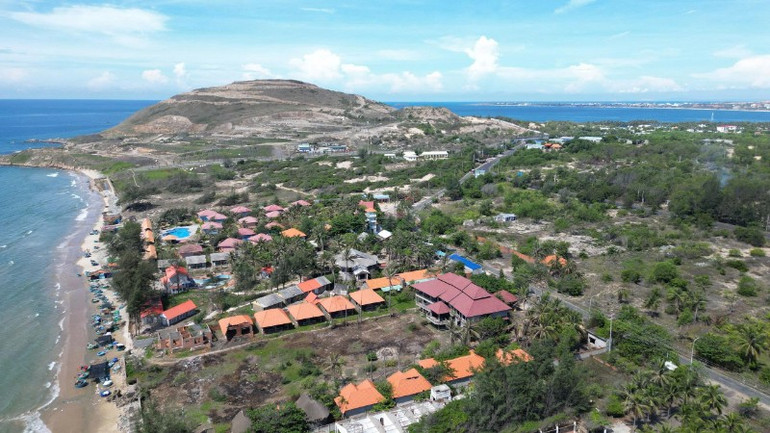
Infrastructure synchronization
Not only developing tourism, the provincial People's Committee said that it will upgrade infrastructure and synchronize services of prominent community tourism spots. Exploit the unique strengths of marine cultural identity to develop sustainable tourism, suitable to the conditions of the area. Improve and enhance the quality of rural environmental sanitation. Existing residential areas will be renovated, upgraded, and synchronized with the technical, social and environmental sanitation infrastructure systems. Develop community tourism to exploit traditional cultural values and natural landscapes.
Along with that, the tourist area creates many traffic routes to access the sea, connected with open spaces, sea squares, tourism services and parking lots to serve tourists and the community.
In the tourist area, there are three tourist centers including the Center for trade, finance, health care, resort tourism, entertainment, and national, international-class sea sports in Phu Thuy ward and Mui Ne ward; Center for protection and promotion of the value of Bau Trang scenic spot and areas with typical natural landscapes of sand dunes with high-tech entertainment areas, Formula 1 racetrack, golf course, and sports associated with sand terrain.
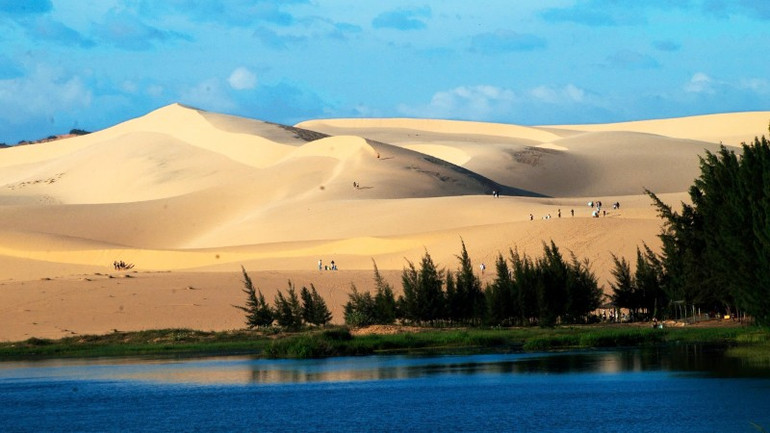
Finally, Phan Ri Cua Commune Center develops a coastal resort urban area with priority given to the formation of resorts, health care facilities, serving long-term tourists, with a forecast of about 1.5 million tourists by 2040.
By 2040, the land for construction of functional areas will be about 12,016 hectares, accounting for 81.41% of the natural land area of the tourist area: urban residential development land is about 960 hectares; mixed development land is about 1,176 hectares; rural residential development land is about 1,471 hectares; land for construction of other functional areas is about 2,744 hectares.
The total area of cultural and sports facilities is about 613 hectares. Of which: Upgrading and renovating stadiums in Phu Thuy and Mui Ne wards with a scale of about 3 hectares; adding a number of new sports fields and stadiums with a total scale of about 20 hectares; new cultural and sports centers of about 50 hectares in the central urban area, ensuring access for all people.
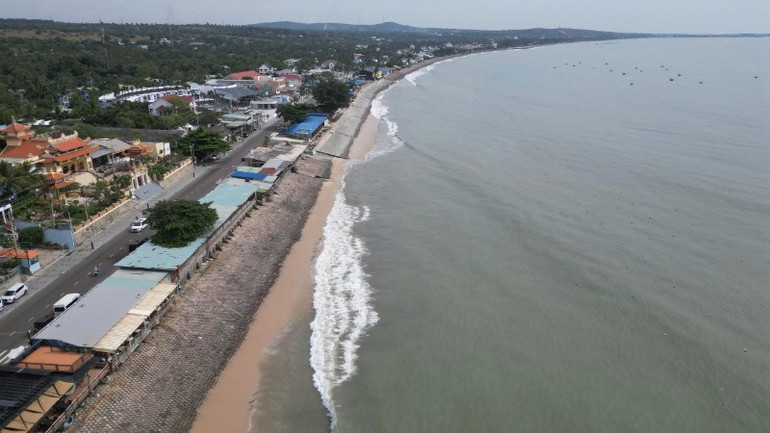
The system of sea squares and cultural squares is evenly distributed along the coastal landscape axis, creating open space for people and tourists to gather and organize major events; the park system is arranged in the urban core, service and tourism centers, improving the quality of living space for the community.
According to the provincial People's Committee, the demand for domestic wastewater drainage in the period up to 2030 is about 32,000m3 /day and night; in the period up to 2040 is about 48,000m3 /day and night. Therefore, in tourist areas, priority is given to local wastewater treatment for each project or group of projects using advanced, block-type tanks using modern technology with high efficiency and low space consumption. In urban areas, wastewater is preliminarily treated through septic tanks, then collected into the general wastewater drainage system leading to wastewater treatment stations, ensuring wastewater treatment according to regulations, not discharging wastewater directly into the sea.
Source: https://nhandan.vn/khu-du-lich-quoc-gia-mui-ne-tro-thanh-diem-den-hang-dau-chau-a-post923163.html


![[Photo] Unique art of painting Tuong masks](https://vphoto.vietnam.vn/thumb/1200x675/vietnam/resource/IMAGE/2025/11/14/1763094089301_ndo_br_1-jpg.webp)




![[Photo] Unique architecture of the deepest metro station in France](https://vphoto.vietnam.vn/thumb/1200x675/vietnam/resource/IMAGE/2025/11/14/1763107592365_ga-sau-nhat-nuoc-phap-duy-1-6403-jpg.webp)
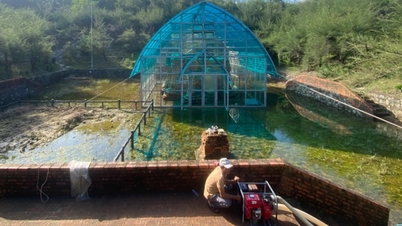




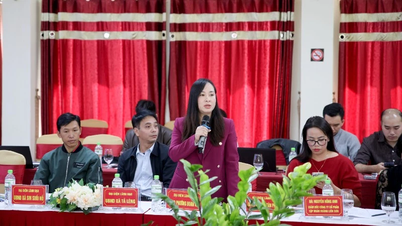









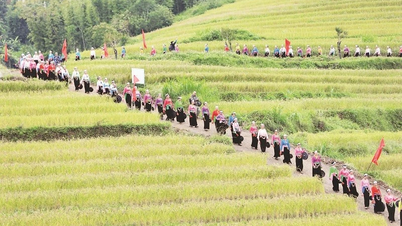
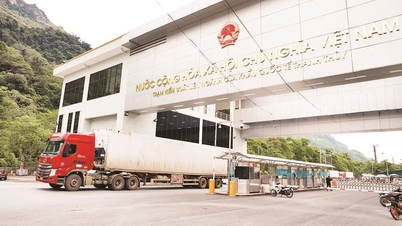
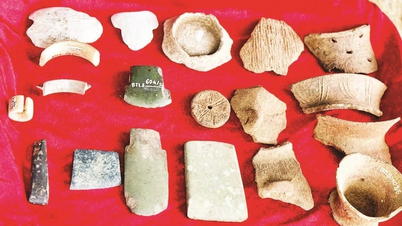
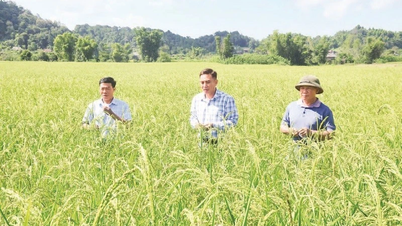

![[Photo] Special class in Tra Linh](https://vphoto.vietnam.vn/thumb/1200x675/vietnam/resource/IMAGE/2025/11/14/1763078485441_ndo_br_lop-hoc-7-jpg.webp)










































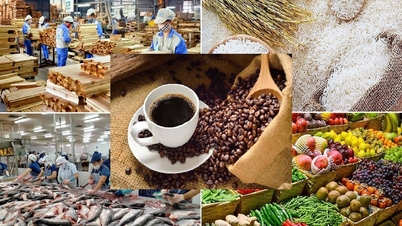




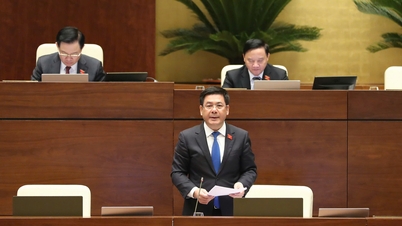



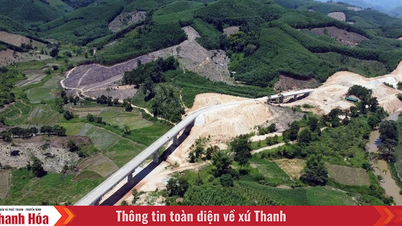



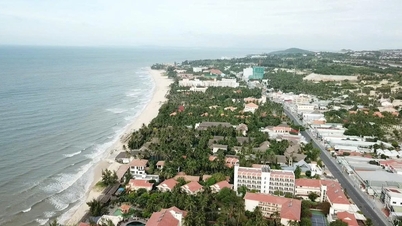
















Comment (0)